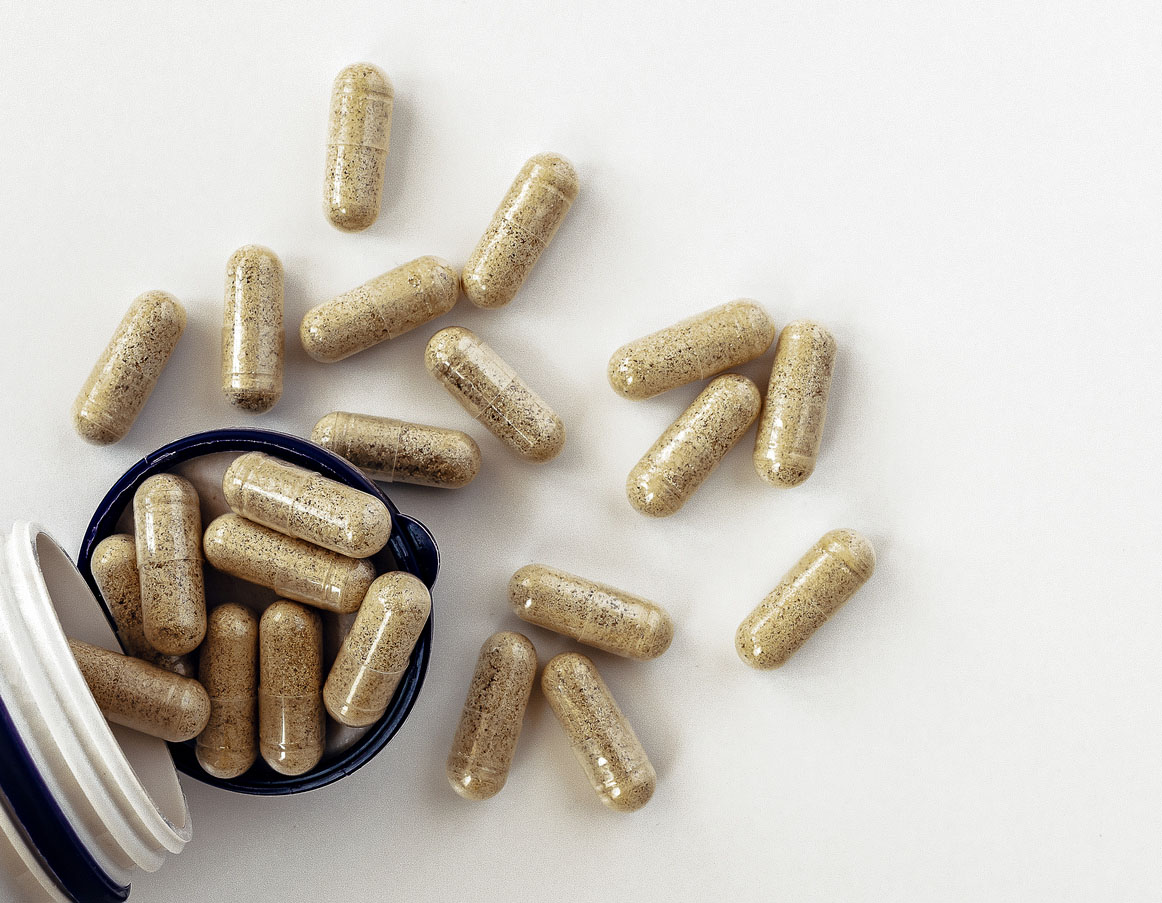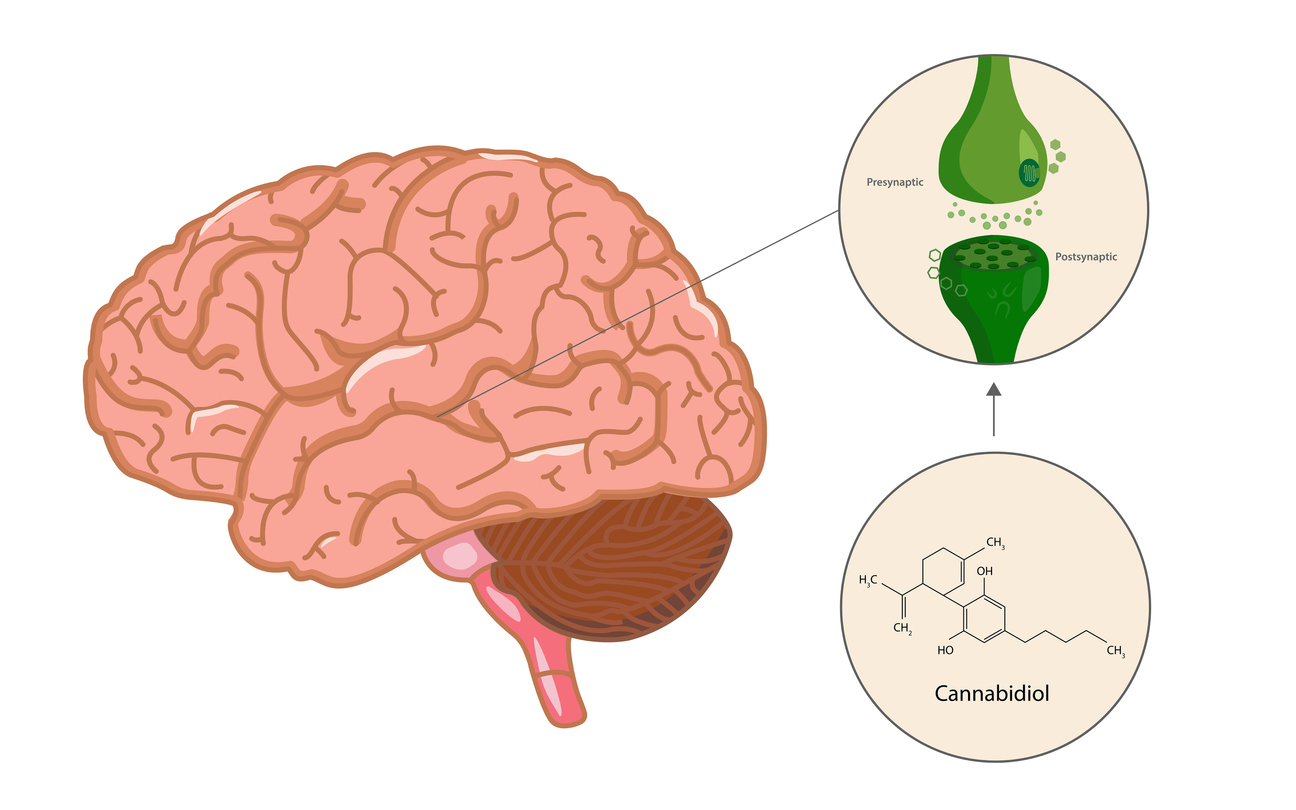This article first appeared on Vitality 101 with Dr. Jacob Teitelbaum.
I recently wrote about my recommended “Ten-Point Tune-Up” for optimizing key systems in your body, so you can feel and look younger and vital right now (there’s no time to slow aging like the present!). And the first step in my tune-up is making sure you get a good night’s sleep.
 Unfortunately, most of us don’t.
Unfortunately, most of us don’t.
In fact, we average six and 3/4 hours sleep a night, with 20% of us getting under six (especially folks with fibromyalgia). A century ago, we averaged nine hours! It’s not that folks were a lot more tired back then. They simply gave themselves more time to sleep!
An estimated 70 million Americans have sleep problems, including insomnia, sleep apnea or restless legs syndrome. And trouble sleeping is especially problematic for most folks with FMS/CFS.
Poor sleep produces poor health, because the body doesn’t have enough time to repair and regenerate. If you’re sleeping poorly, you’re not only tired during the day, you’re also at higher risk for anxiety, burnout, chronic pain (it’s worse after a night of not sleeping well), depression, diabetes, heartburn, heart disease, high blood pressure, memory loss and cognitive decline, menopause problems, overweight, stroke, suicide, and urinary problems.
But don’t lose sleep over that list, because help is on the way! My tune-up offers lots of quick and easy ways to optimize your sleep — to change that tossing and turning into relaxing and refreshing.
To Optimize Sleep, Optimize “Sleep Hygiene”
You know about good dental hygiene: regularly brushing and flossing your teeth. But you might not know about good sleep hygiene: the daily and nightly habits that optimize deep, refreshing sleep. Here are the habits that help:
- Stop ingesting caffeine at 4:00 pm or so. Even better, reserve stimulating caffeine for before 2 pm.
- Exercise early. At the latest, right after dinner.
- Take a protein snack at bedtime for middle of the night waking. Waking every 2-4 am? This is often caused by a drop in blood sugar. Eating protein is the best way to maintain overnight blood sugar levels. Good choices are a slice of turkey, a hard-boiled egg or chunk of cheese (or soy cheese). Avoid carbs and especially sugar near bedtime.
- Set a fluid curfew. If you wake up more than once a night to urinate, stop drinking fluids an hour or two before bedtime.
- Take a hot bath an hour before bed. An A-a-a-h during tub-time can produce plenty ofZ-z-z-s. Add 1-2 cups of Epsom (magnesium) salts and a few drops of lavender oil to relax muscles and induce sleep.
- But keep your bedroom cool. Mid-sixties is ideal.
- Make a list of problems — and then forget them! If you’re tossing and turning while trying to solve your problems, get out of bed and write them all down on a piece of paper. Then go back to bed. Do this as many times a night as you need to. (This works really well for me.)
- If your partner snores, wear earplugs. If it’s still too loud, sleep in another room. (You’ll be a lot nicer to your spouse in the morning!)
- Keep a regular schedule. Go to bed and get up at the same time every day, no matter how much you sleep during the night. This resets your body’s internal sleep/wake cycle (circadian rhythm), helping you fall asleep faster and sleep throughout the night.
Herbs to Optimize Sleep
Many herbs and nutrients can help you fall asleep and stay asleep. My favorites:
- Six herbs for deep sleep. 1) Suntheanine, an extract from green tea that boosts the production of the brain-calming chemical GABA and also triggers soothing alpha brain waves. 2) Wild lettuce, a traditional remedy that also calms jumpy legs. 3) Jamaican dogwood extract, another traditional herb for better sleep. 4) Hops, an ingredient in beer that has a long history as a relaxant. 5) Passionflower, a South American herb with plenty of studies showing it works. 6) Valerian, a classic herb for optimizing sleep. (All of these sleep-optimizing herbs are available in a single product called Revitalizing Sleep Formula from Enzymatic Therapy. This is my favorite sleep herb. Take 2-4 around bedtime. It can be taken every night or just as needed, and can be combined with any sleep medications.)
- Two herbs when your mind is racing. If your mind is racing when your head hits the pillow, consider ashwagandha and phosphatidylserine. These two compounds lower cortisol, a hormone that can keep you awake. (Both are in the product Sleep Tonight! from Enzymatic Therapy. You can take this product with Revitalizing Sleep Formula. Both of these can be combined with sleep medications as well.)
- More from Mother Nature. She really wants you to sleep! Small doses of the hormone melatonin (no more than 0.5 mg) may be effective. The smell of lavender is restful. Try a few sprays of natural lavender oil on your pillow. Chamomile tea is safe for pregnant women and children.
If Nature Doesn’t Work, Try Meds
I think the best and safest sleep medications are Flexeril (2-3 mg), Desyrel (25-50 mg) and Neurontin (100-600 mg).
Easy Ways to Rest Your Restless Legs
Restless legs syndrome (RLS) is a condition characterized by strange and unpleasant feelings in your legs, variously described as itching, tingling, burning, aching, creeping, crawling or electric shocks — and the urge to move them. About 80 to 90% of people with RLS also have periodic limb movements during sleep (PLMS). The likely cause of both problems is low dopamine, a brain chemical. Here are some helpful ways to rest those restless legs:
- A sugar-free, high-protein diet, with protein at bedtime. Low blood sugar during the night worsens the problem.
- Take iron. Look for a supplement with 25 to 30 mg of iron and 100 mg of vitamin C, which helps absorption. Take it on an empty stomach and 6 hours before or after thyroid medication (iron blocks its absorption). If you develop constipation, take it every other day. You want to get your Ferritin blood test, which measures iron, to be over 60.
To tell if you have RLS, videotape yourself during sleep. If you have repeated restless leg movements that disrupt sleep, you likely have RLS — and you’ve just saved the $2,000 you would have spent on a test in a sleep lab. Meanwhile, if you’re snoring and repeatedly stop breathing on the video, you need a sleep study as you likely have sleep apnea.
More help. 200 mg of magnesium at bedtime and 400 IU of vitamin E as “mixed tocopherols.”
Solving Sleep Apnea
In this problem, the soft tissue at the back of your throat obstructs the airway during sleep, repeatedly cutting off your breathing and rousing you repeatedly to a semi-awake state. (You also snore.) The condition is common among older, overweight men, and is linked to a higher risk of heart disease, stroke, type 2 diabetes, depression and erectile dysfunction — and a five-times-higher risk of dying from any cause. My recommendations:
- Lose weight. Being overweight is the main cause.
- Ask your dentist about an oral appliance. It adjusts your mouth and jaw, keeping your airway open. (Over-the-counter versions are unlikely to work.)
- Take up tennis. Or at least sew a tennis ball into a tight pajama top or T-shirt, at the small of your back. This may help you stop sleeping on your back, which may eliminate the problem.
- Use a CPAP machine. Your sleep doctor can arrange for this. Around ¾ of people don’t tolerate the mask and toss it during sleep. Don’t give up if this happens. Stay with it until your body gets used to it.
- Consider medications or surgery. If all else fails, these are viable options.






